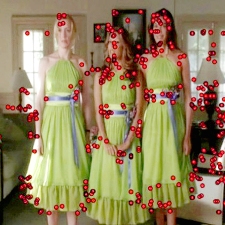How to detect bootleg movies
December 22, 2010
Engineers led by Dr. Alex Bronstein of Tel Aviv University’s Department of Electrical Engineering have developed a new way to stop movie and video pirates called “video DNA matching,” which can create a unique fingerprint for each movie on the planet.
When scenes have been altered, colors changed, or film is bootlegged on a camera at a movie theatre, the film can be tracked and traced on the Internet.
The technology employs an invisible sequence and series of grids applied over the film, turning the footage into a series of numbers. The tool can then scan the content of Web sites where pirated films are believed to be offered, pinpointing subsequent mutations of the original. It detects aberrations in pirated video in the same way that biologists detect mutations in the genetic code to determine, for example, an individual’s family connections.
The technique works by identifying features of the film that remain basically unchanged by typical color and resolution manipulations and geometric transformations. It’s effective even with border changes, commercials added, or scenes edited out.
The problem with catching bootlegged and pirated video is that it has required thousands of man-hours to watch the content that is being illegally downloaded. Production companies know their only hope in recouping stolen content is by automating the process. YouTube, they say, automates the detection of copyright infringement to some degree, but their technique doesn’t work when the video has been altered. Video DNA matching could provide a more accurate and useful solution.
Adapted from materials provided by Tel Aviv University

